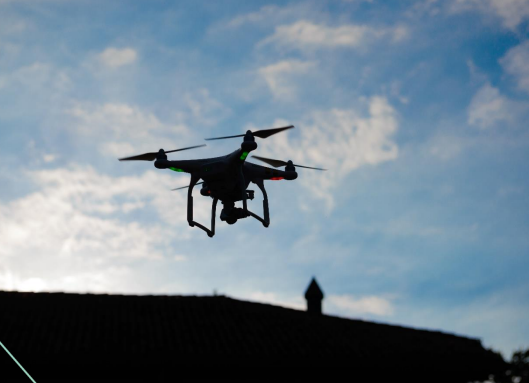Australia’s Department of Infrastructure, Transport, Regional Development, Communications and the Arts has released guidelines on drone usage in June 2023 following targeted engagement through policy development consultative mechanisms and nation-wide bilateral consultation with state and territory governments and industry.
The document, entitled ‘Don’t pry when you fly, privacy considerations for drone use’ is intended to provide commercial and recreational drone operators with a set of consolidated, easy to follow, baseline measures for operating drones in line with privacy expectations of the communities drones operate in and over. The Guidelines do not impose any additional obligations but aim to assist drone operators and the community to understand and effectively manage privacy concerns of using drones in potentially privacy sensitive areas or applications.
The Guidelines include content on personal and private information, common misconceptions relating to drones and privacy, and provide six best practice Drone Privacy Principles (DPPs) for all drone operators. This is intended to assist drone operators in ensuring that their operations are privacy compliant. Although the DPPs are not enforceable, compliance is strongly encouraged to meet community expectations. The Guidelines aim to raise awareness of privacy safeguards associated with drones, building greater confidence in these technologies and allowing Australia to benefit from them, says the government. Best practices:
- Informing others or obtaining consent (where practical, proportional to the drone operation).
- Minimising the viewing, recording and/or collection of data.
- Using data only for the original purpose.
- Handling data securely.
- Knowing laws and rules.
- Being aware of the Privacy Act 1988 and the Australian Privacy Principles (APPs).
A summary by The Drone Lawyer, concludes the guidelines “simplify and consolidate the patchwork of privacy and surveillance laws into some principles, which if followed, will help keep a drone operator on the correct side of the law”.
For more information visit:




